Hi there, pet lovers! 🦎
Today, we’re thrilled to shine a spotlight on a hidden gem in the world of pet reptiles—the Jewel Lacerta or Ocellated Lizard or Jewelled Lizard (Timon lepidus). These stunning lizards are as dazzling as their name suggests, with vibrant emerald scales adorned with jewel-like patterns that are sure to capture anyone’s attention. Although they’re not as widely known as bearded dragons or leopard geckos, Jewel Lacertas offer a unique and rewarding pet experience for those willing to meet their specific care needs. Let’s dive into what makes these medium-sized lizards both extraordinary and a bit challenging.
Overview
The Jewel Lacerta is a stunning and underrated reptile that deserves more attention in the pet trade. Native to the Mediterranean regions of Europe, these medium-sized lizards are known for their vibrant emerald-green scales adorned with jewel-like blue spots, making them one of the most visually striking reptiles available.
Here’s a quick summary of what makes them stand out:
- Handling and Temperament: Shy at first but can become calm and tolerant with regular, gentle handling. Food-motivated and trainable.
- Care and Maintenance: Moderate care requirements, including specific humidity, temperature, and dietary needs.
- Health and Durability: Generally hardy but sensitive to improper humidity and environmental changes.
- Availability: Rare in pet stores; most often acquired through breeders or online sources.
- Cost: Moderate initial cost for the lizard and setup, with ongoing expenses for food and maintenance.
Overall: Jewel Lacertas are ideal for intermediate to advanced reptile keepers who are willing to invest time and effort into their care. Their beauty, intelligence, and engaging behavior make them a standout choice for those looking for something beyond the usual reptile pets.
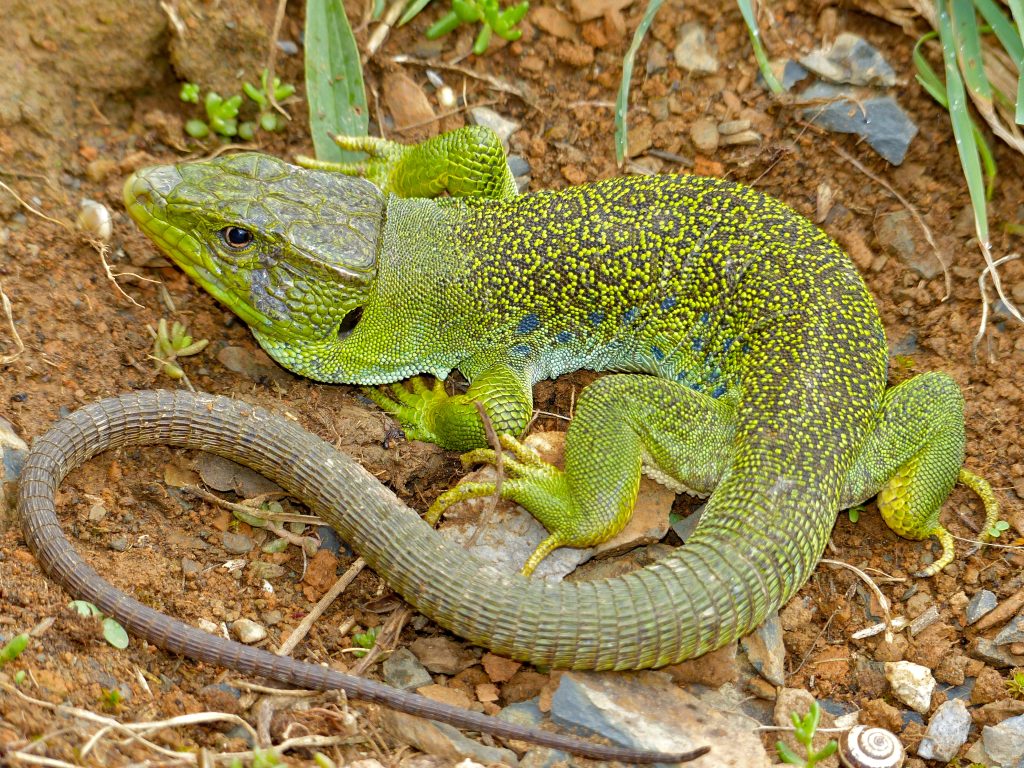
Why Choose a Jewel Lacerta?
Jewel Lacertas are a fantastic choice for reptile enthusiasts seeking a unique, interactive, and visually stunning pet. Their vibrant colors and patterns are unmatched, and their active, curious nature makes them fascinating to observe. While they may not be as beginner-friendly as some other reptiles, their manageable size (around two feet long for males) and relatively low aggression make them a great option for those with some reptile-keeping experience.
These lizards are also long-lived, with a lifespan of 15-20 years in captivity, making them a long-term commitment. Their intelligence and food motivation allow for a level of interaction and training that is rare among reptiles, adding to their appeal as a pet.
Handling and Temperament
Jewel Lacertas are naturally shy and may initially hide or avoid interaction when first introduced to a new environment. However, with patience and consistent positive interactions, they can become quite tolerant of handling. Their food motivation is a key factor in building trust, as they can be trained to associate their keeper with positive experiences like feeding.
- Personality Variations: Some Jewel Lacertas may remain shy and prefer minimal handling, while others can become quite calm and even enjoy perching on their keeper’s arm.
- Handling Tips: Always approach them gently and avoid sudden movements. It’s best to let them come to you rather than forcing interaction. Regular, short handling sessions can help them become more comfortable over time.
- Biting: While they are not aggressive, Jewel Lacertas may bite if they feel threatened. Their bites are not severe but can draw a small amount of blood. Proper handling techniques can minimize this risk.
Overall, Jewel Lacertas are not the most cuddly reptiles, but they can become quite tolerant and even enjoy interaction with their keepers. Their intelligence and trainability make them a joy to work with.
Care and Maintenance
Caring for a Jewel Lacerta requires attention to detail and a commitment to meeting their specific needs. While they are not the most demanding reptiles, they do have particular requirements for their enclosure, diet, and environment.
Enclosure Setup
- Size: A 4x2x2-foot enclosure is the minimum recommended size for one adult Jewel Lacerta. Larger enclosures are always better, as these lizards are active and enjoy exploring.
- Climbing and Hiding: Provide plenty of branches, rocks, and foliage for climbing and hiding. They are semi-arboreal and enjoy basking on elevated surfaces.
- Substrate: Use a moisture-retentive substrate like a mix of eco-earth and sand. This allows for burrowing and helps maintain humidity levels.
- Lighting: UVB lighting is essential for their health, as it aids in calcium absorption and prevents metabolic bone disease. A basking spot should be provided with temperatures around 95°F (35°C), while the cooler side of the enclosure should be in the mid-70s (24–26°C).
Humidity and Temperature
- Humidity: Maintain humidity levels between 50-70%. Daily misting is often necessary to achieve this, and a humidity gauge should be used to monitor levels.
- Temperature: A gradient should be created within the enclosure, with a basking spot at 95°F (35°C) and cooler areas in the mid-70s (24–26°C). Nighttime temperatures can drop slightly but should not go below 65°F (18°C).
Feeding
- Diet: Jewel Lacertas are omnivores with a varied diet. They enjoy insects like crickets, mealworms, and dubia roaches, as well as fruits, vegetables, and the occasional snail. A balanced diet is crucial for their health.
- Feeding Schedule: Feed juveniles daily and adults every other day. Adjust portion sizes based on their appetite and activity level.
Maintenance
- Daily: Check humidity levels, mist the enclosure, and provide fresh water.
- Weekly: Spot-clean the enclosure and remove any uneaten food or waste.
- Monthly: Perform a deep clean of the enclosure, replacing the substrate and disinfecting decor.
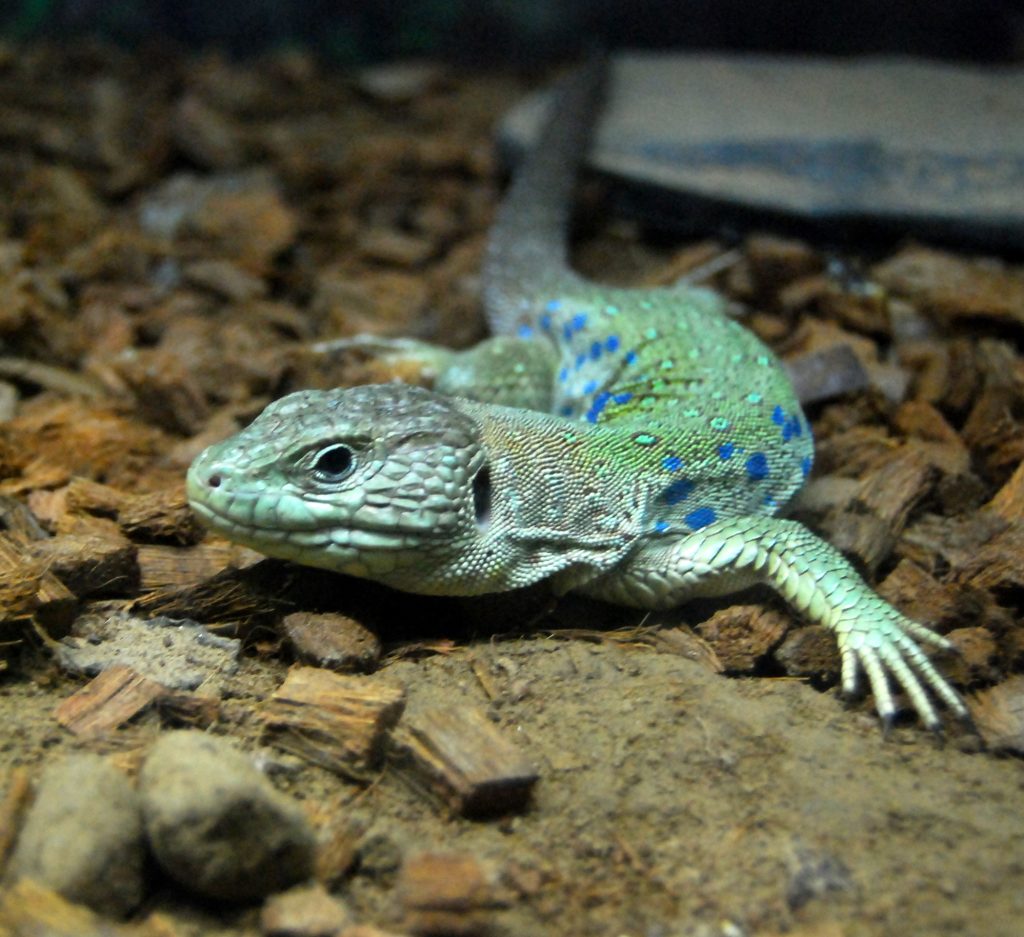
Health and Durability
Jewel Lacertas are generally hardy reptiles when their environmental needs are met. However, they are sensitive to improper humidity and temperature levels, which can lead to health issues if not addressed.
- Common Health Issues: Respiratory infections, skin infections, and dehydration are the most common health problems. These are often caused by incorrect humidity levels or poor ventilation.
- Preventative Care: Regular monitoring of humidity and temperature, a balanced diet, and a clean enclosure are key to keeping Jewel Lacertas healthy. Annual checkups with a reptile-savvy veterinarian are also recommended.
With proper care, Jewel Lacertas can live 15-20 years, making them a long-term commitment. Their resilience and adaptability make them a rewarding pet for dedicated keepers.
Availability and Cost
Jewel Lacertas are not commonly found in pet stores and are most often acquired through reputable breeders or online sources. Their rarity adds to their appeal but also makes them less accessible to the average buyer.
- Where to Buy: Look for captive-bred Jewel Lacertas from reputable breeders or online retailers. Reptile expos are another potential source, though they are less commonly seen there.
- Cost: The lizard itself typically costs between $100 to $150, depending on the breeder and availability. The initial setup, including the enclosure, lighting, and decor, can cost several hundred dollars.
While the upfront costs can be significant, the ongoing expenses for food and maintenance are relatively moderate. Jewel Lacertas are a worthwhile investment for those looking for a unique and engaging reptile.
Pros and Cons
Pros
- Stunning appearance with vibrant colors and patterns.
- Manageable size and relatively low aggression.
- Intelligent and trainable, with a strong food motivation.
- Long lifespan (15-20 years) with proper care.
- Active and engaging behavior.
Cons
- Shy and may require time to become comfortable with handling.
- Specific humidity and temperature requirements.
- Rare and not always easy to find.
- Moderate upfront costs for enclosure and setup.
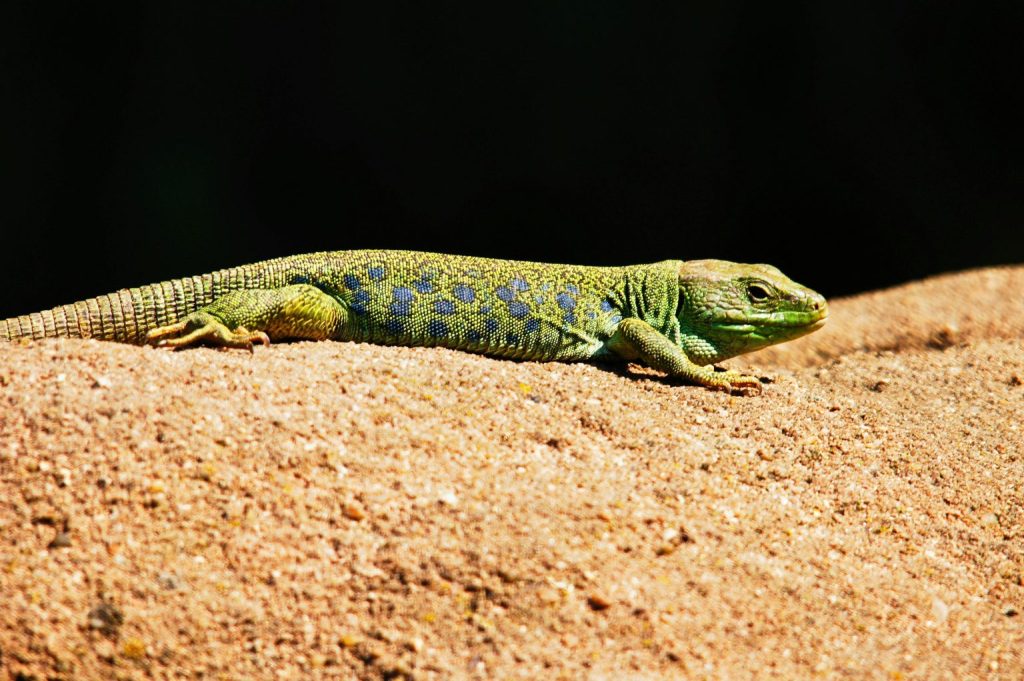
Final Thoughts
The Jewel Lacerta is a hidden gem in the reptile world, offering a unique combination of beauty, intelligence, and engaging behavior. While they may not be the easiest reptiles to care for, their specific needs are manageable for intermediate to advanced keepers. Their stunning appearance and interactive nature make them a standout choice for those looking to add something special to their reptile collection.
If you’re considering a Jewel Lacerta, we recommend doing thorough research and sourcing one from a reputable breeder. With proper care and attention, these lizards can become a rewarding and long-lasting addition to your home.
Have you owned a Jewel Lacerta? Share your experiences and tips in the comments below! We’d love to hear how you care for your lizard and what makes them special to you.
For more reptile care tips and reviews, stay tuned to our blog and don’t forget to subscribe to our newsletter! 🦎

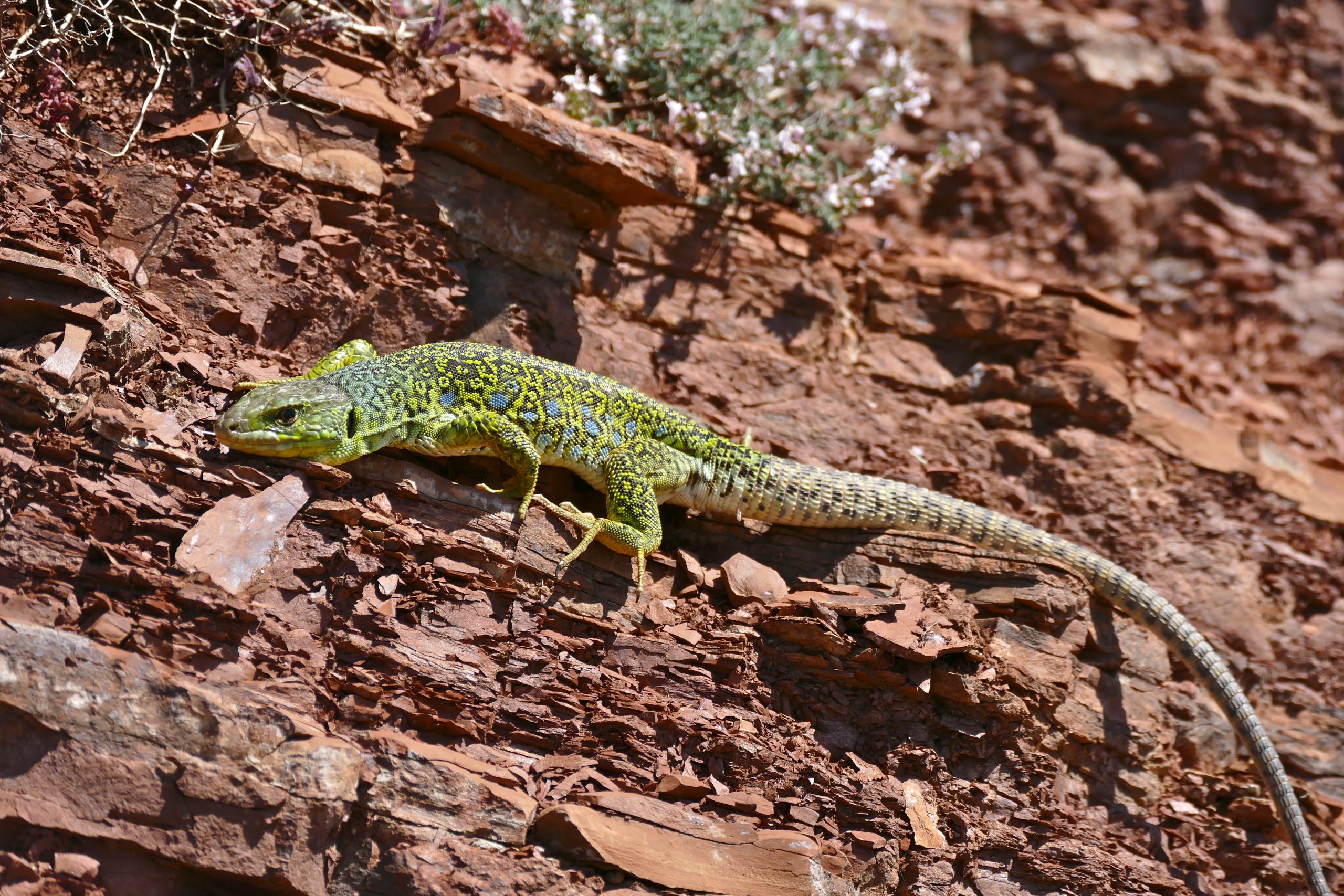

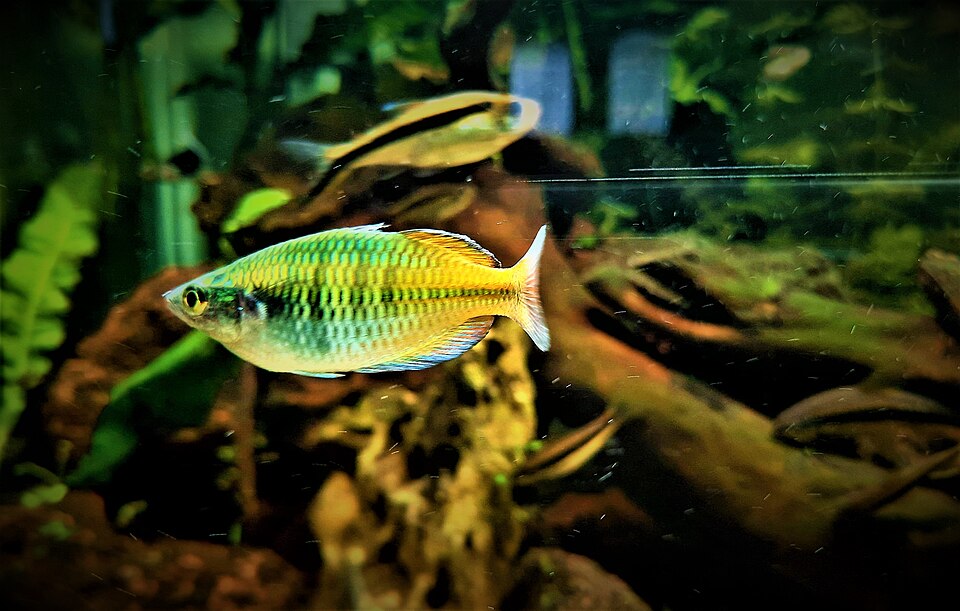
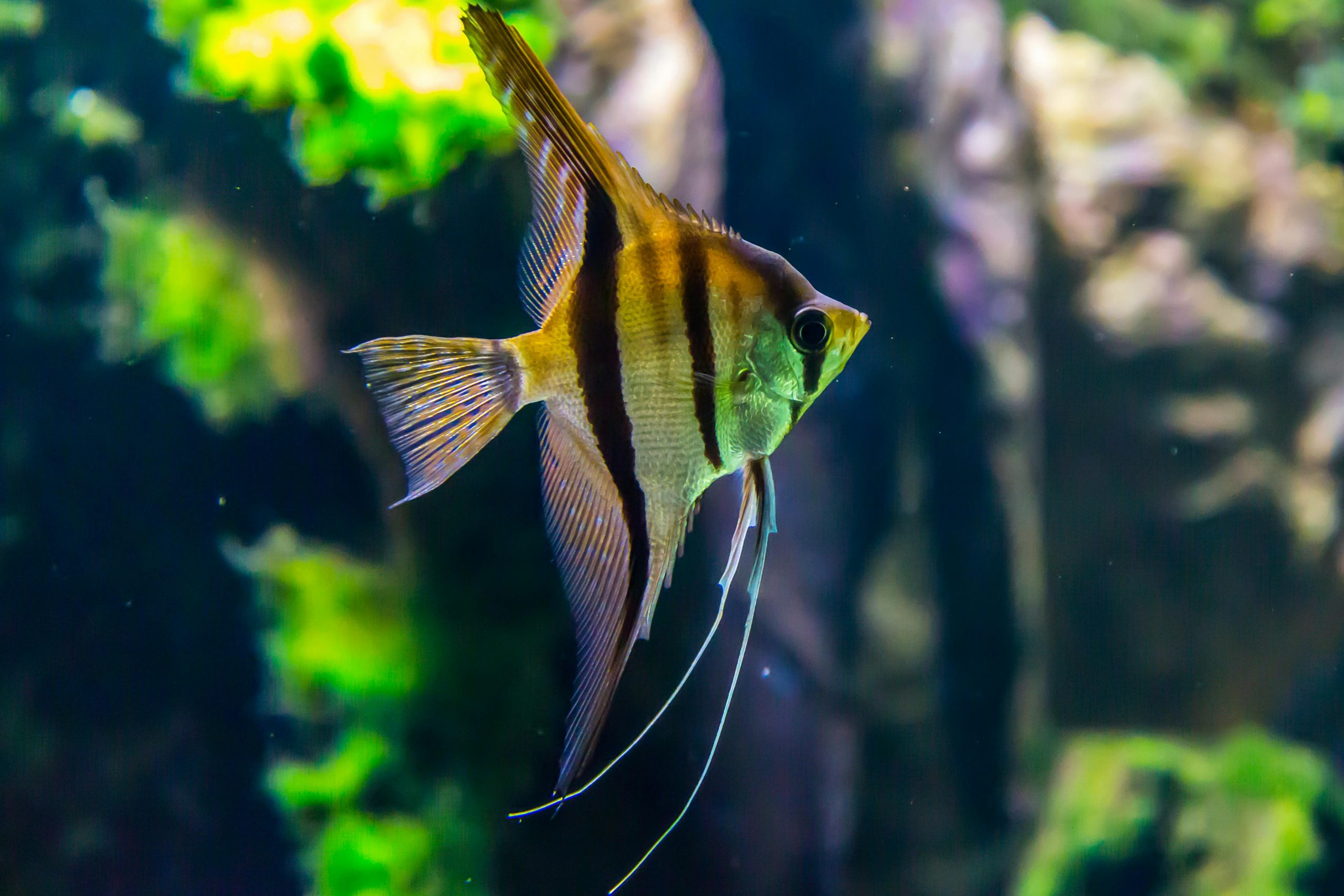
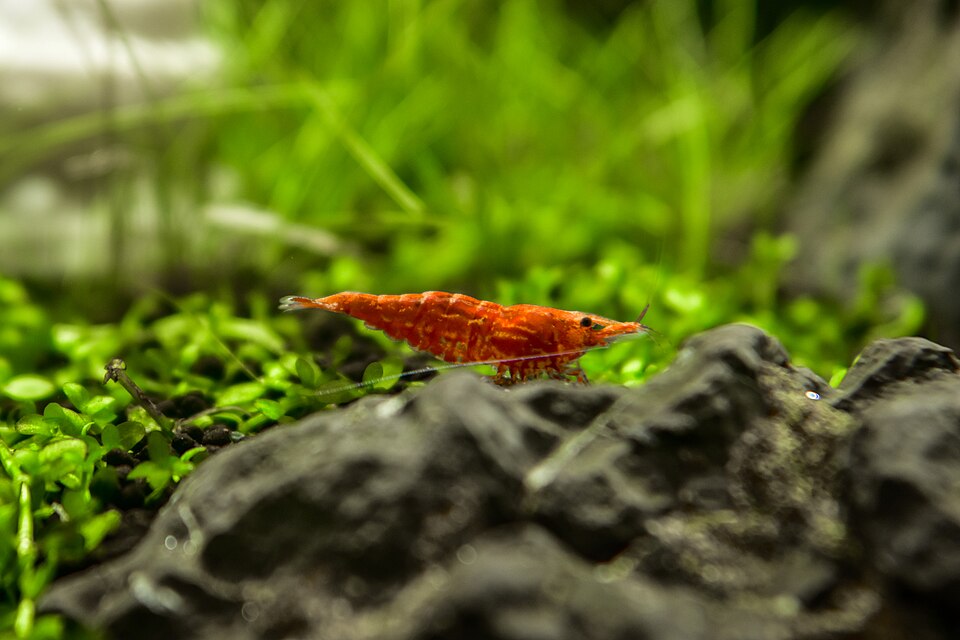

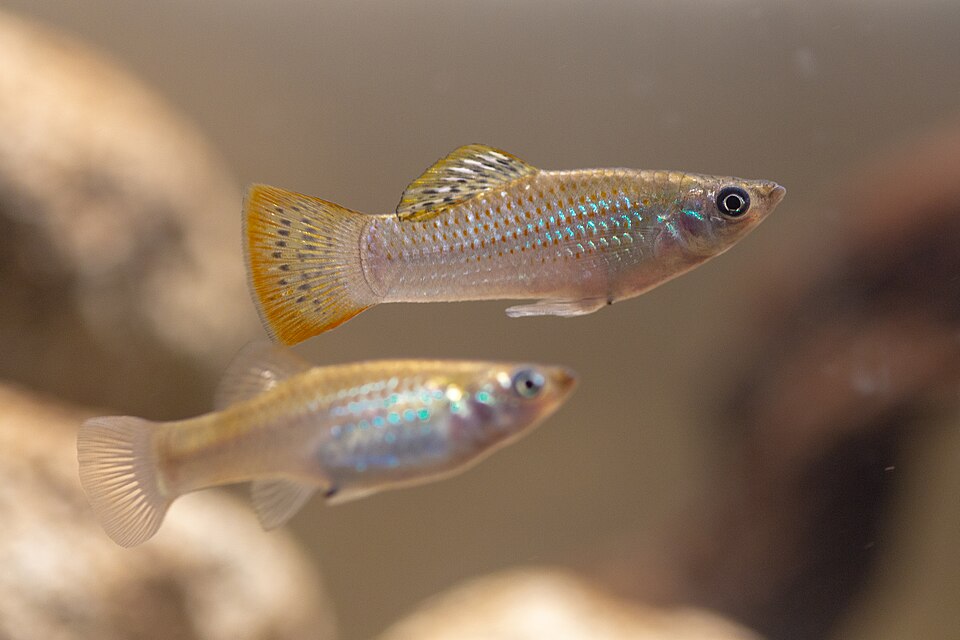
Leave a Reply